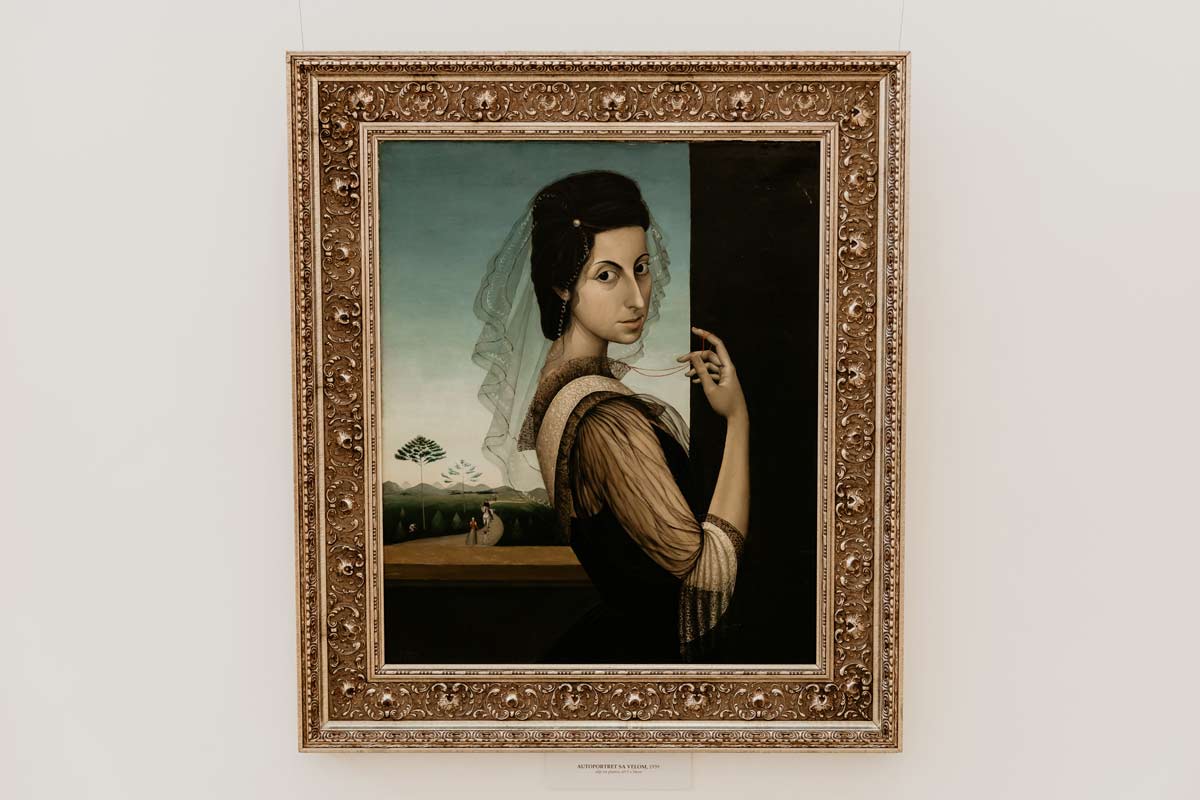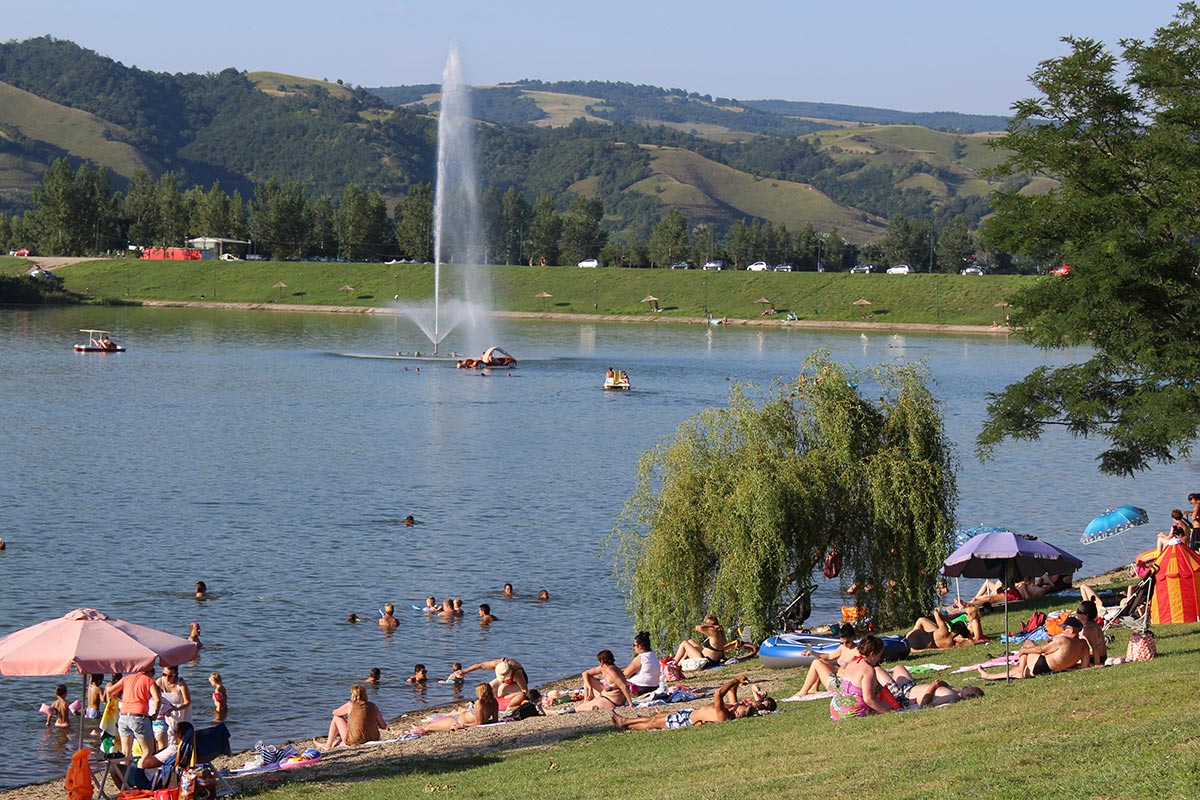Viminacium
The former Roman city occupied a huge area of over four hundred hectares along the Danube, and the entire area hides numerous archaeological remains. Throughout history, Viminacium was an important military stronghold and the place where a Roman legion was stationed, but it was also an important trade centre. This location connects the west and the east; the Viminacium gates and the necropolis are an indication of the directions of the Roman roads to the south and the east.
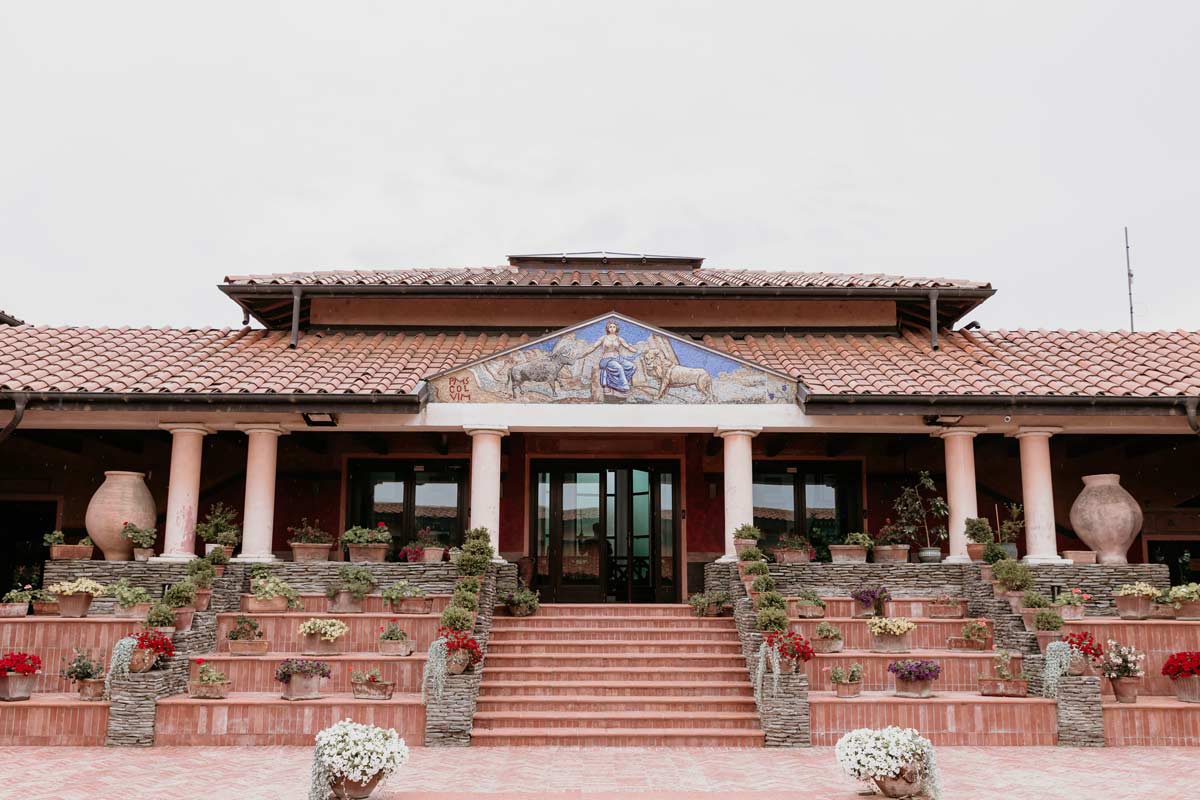
The Domvs Scientiarvm is designed in the form of a rustic Roman villa (villa rustica). It contains accommodation and a workspace for site researchers, while the subterranean level houses a museum, halls, and depots.
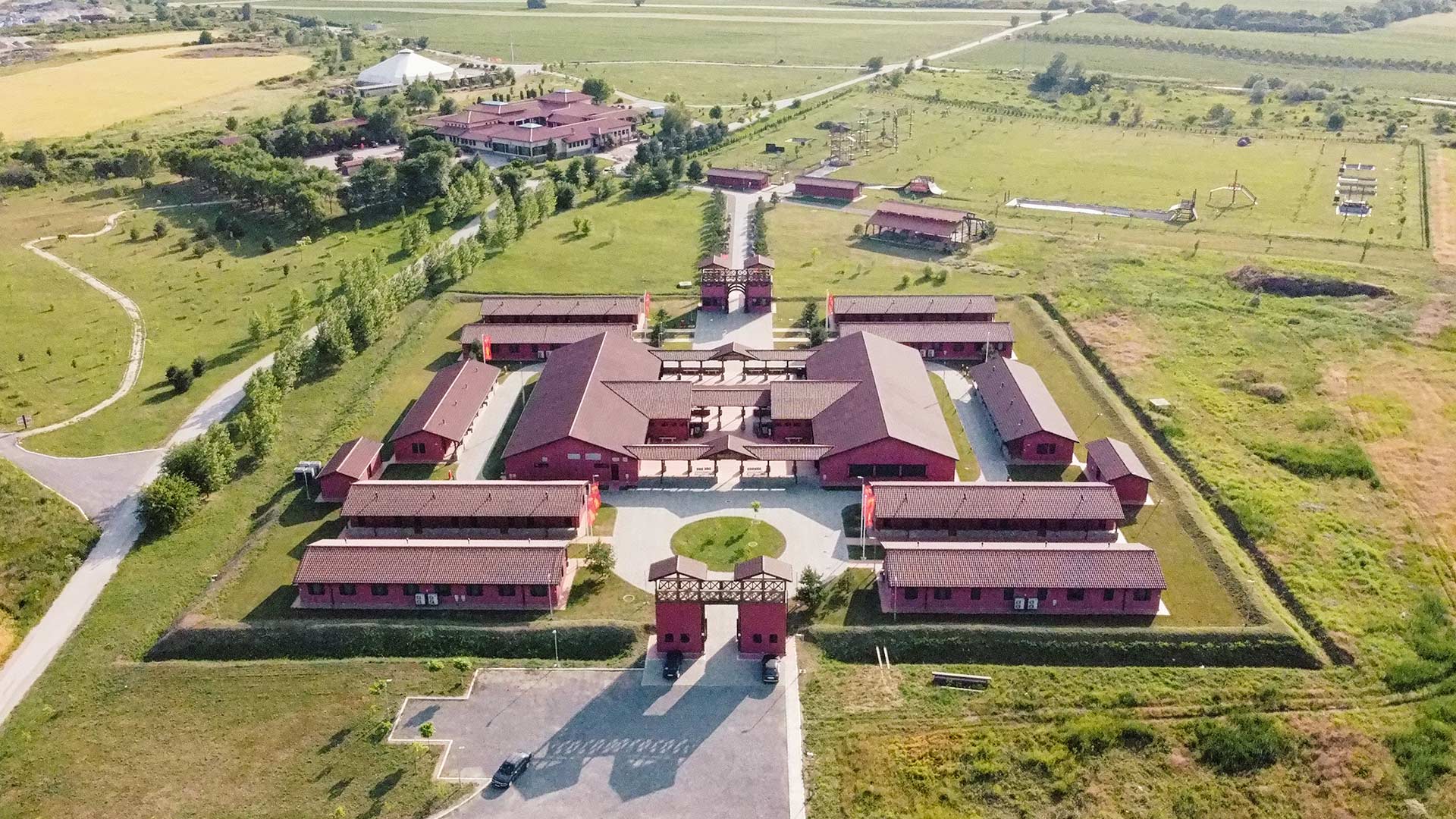
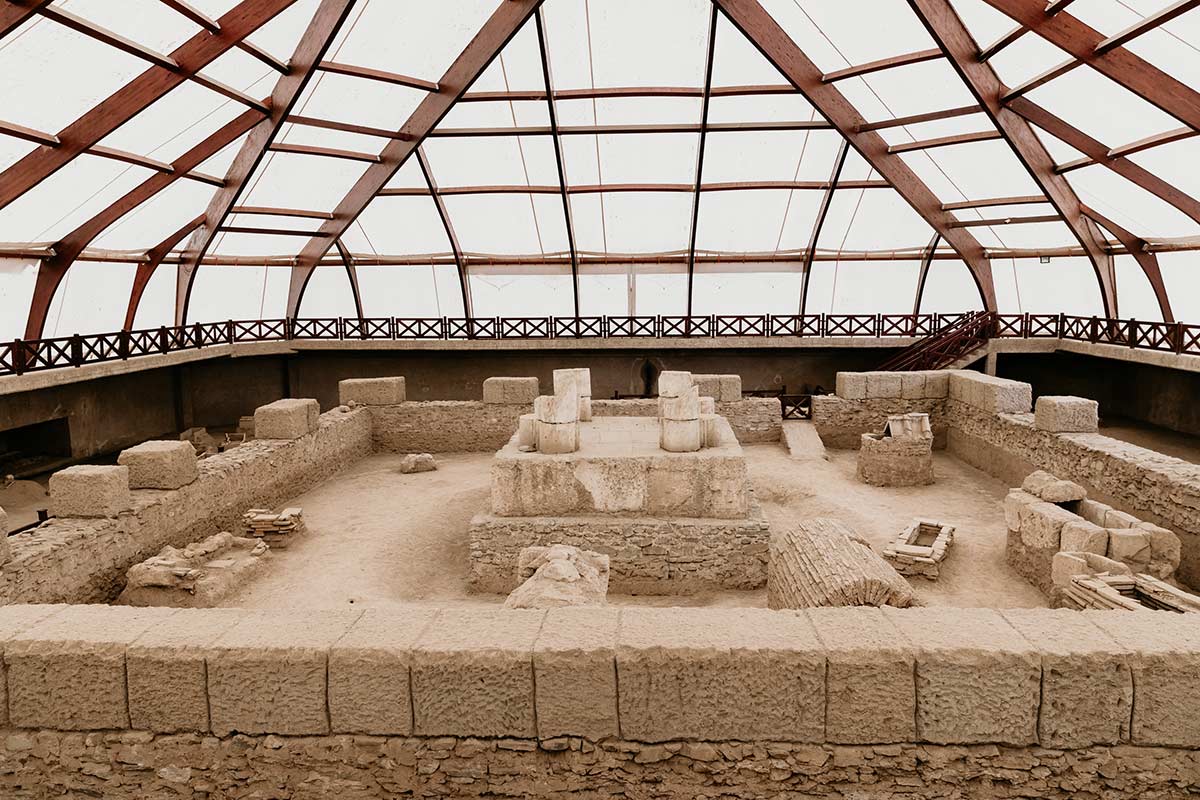
Mausoleum
Covered today, the remains of the mausoleum occupy an area of 20 x 20 m. It is built of stone blocks and cubes, decorated with columns, while the main building measuring 5 x 5 m and is positioned centrally. It is believed that the Roman emperor Hostilian was buried here.
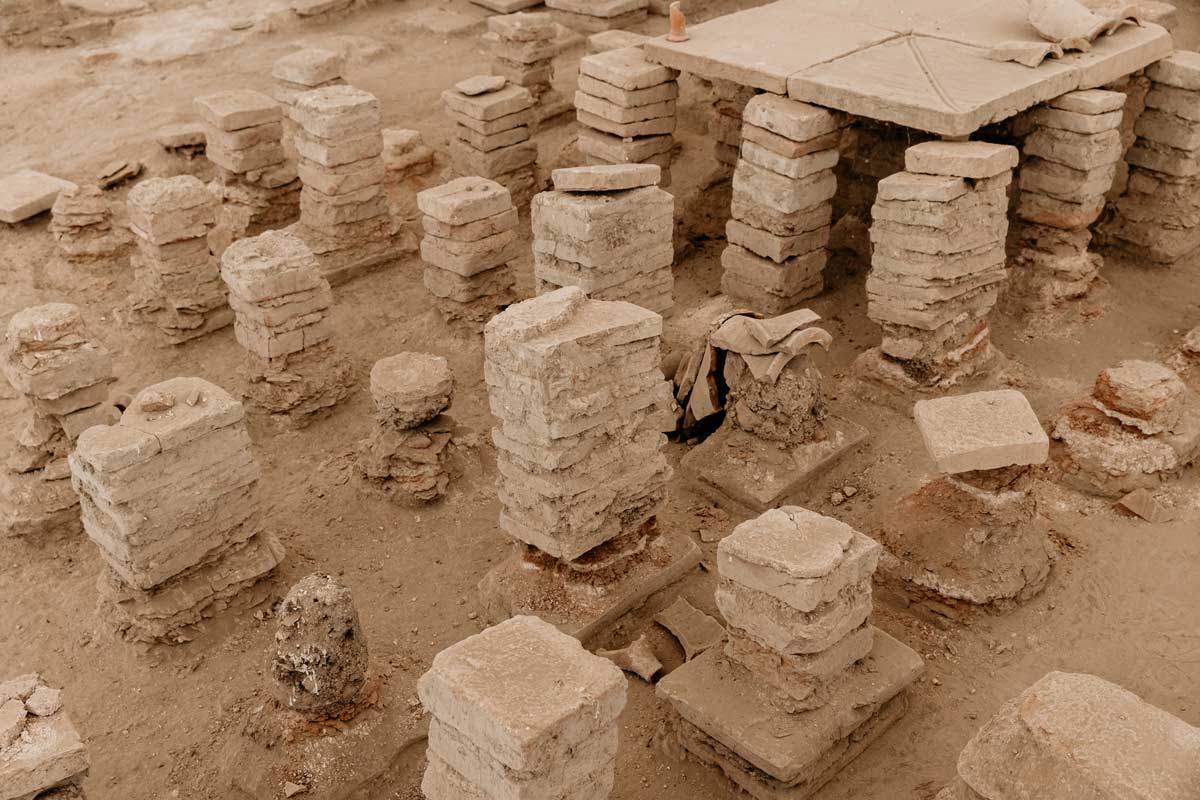
Thermal baths
In Roman times, spas were not only places for maintaining hygiene, but also for socialising and leisure. They were built both in Rome and in the provinces, and the architectural designs were very specific. The Viminacium thermal baths were in use for a long time, and the remains show different stages of the construction process.
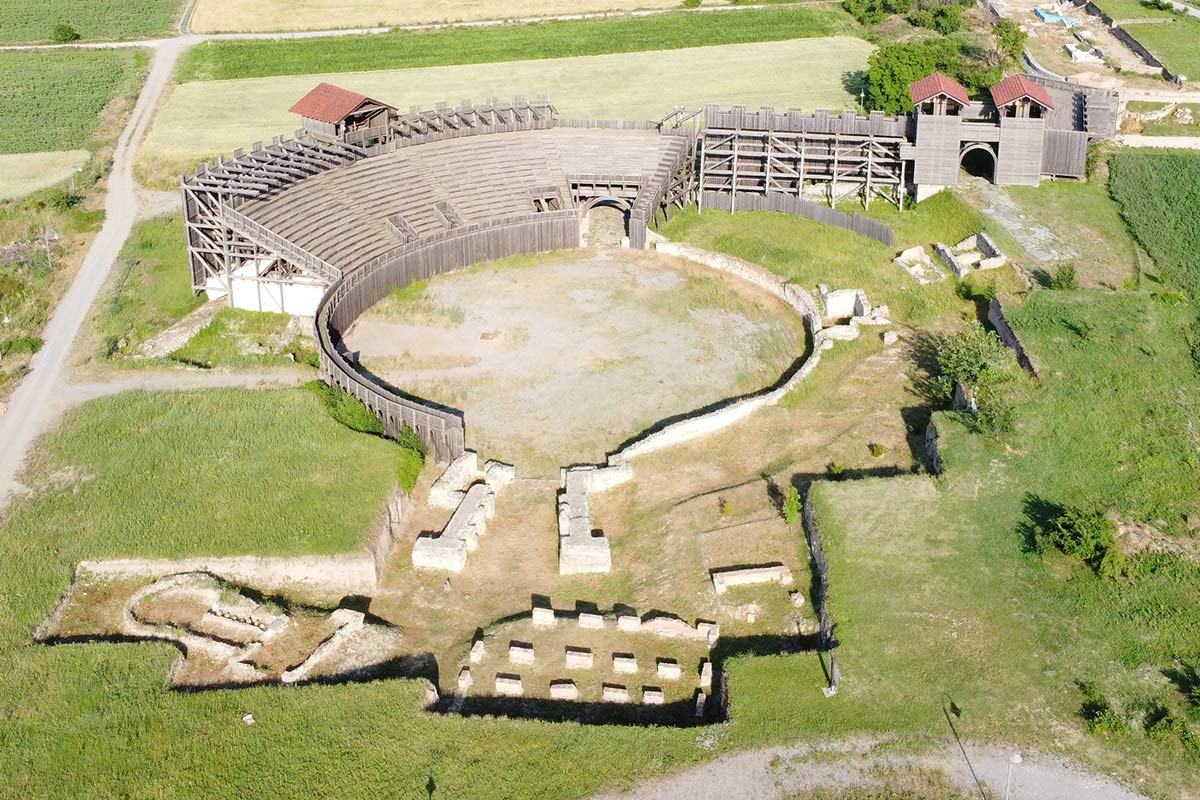
Amphitheatre
Amphitheatres are typical Roman buildings where various performances were held – from gladiatorial or animal fights, and animal hunts to the execution of convicted prisoners, all in front of an audience. The amphitheatre that exists today is a replica built near the foundations of the old amphitheatre. Today, it hosts various cultural and artistic events such as plays, musical performances and festivals.
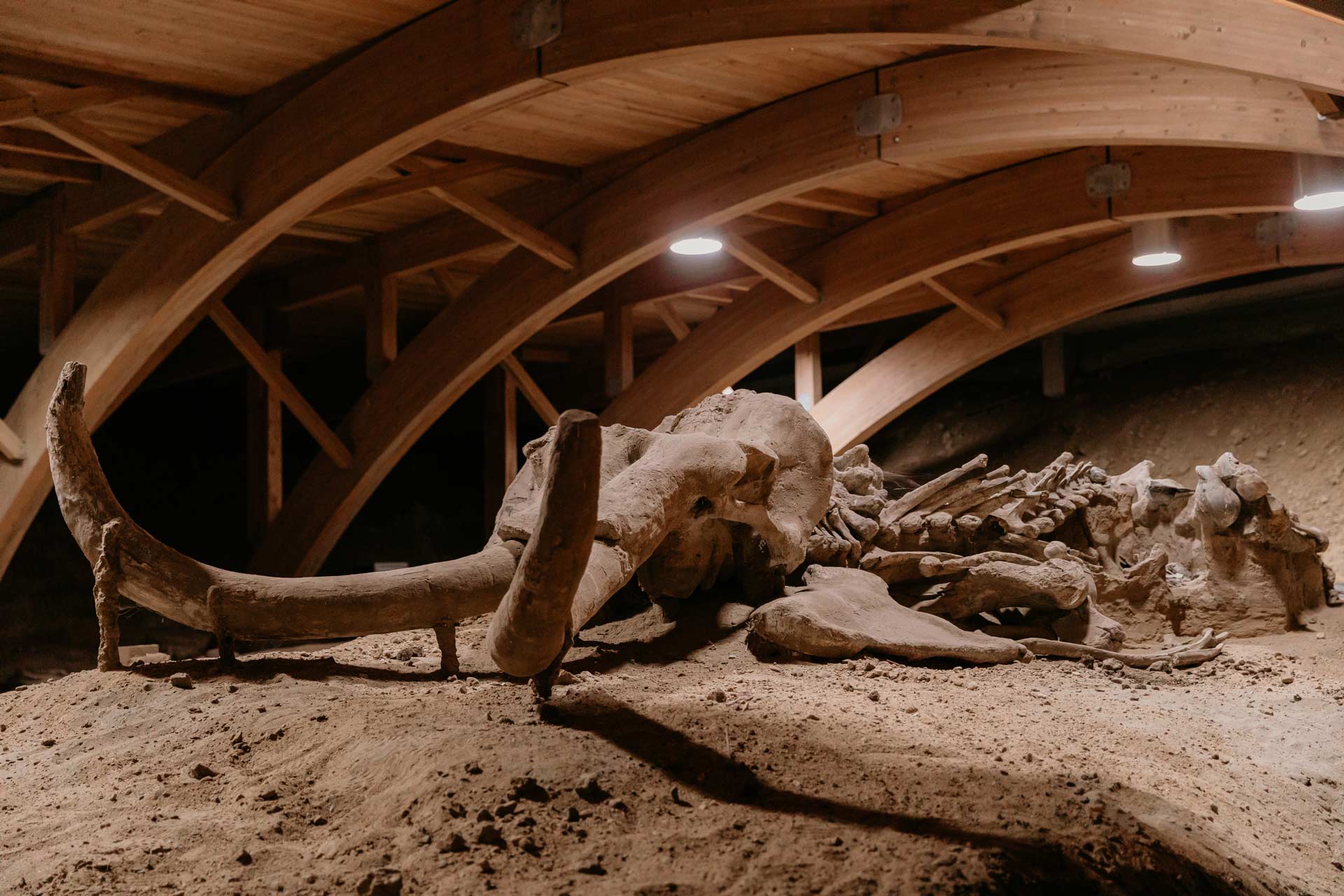
Mammoth Park
Vika the mammoth is a famous resident of Viminacium. During coal mining in 2009, the well-preserved remains of a mammoth from the prehistoric period were discovered. It is assumed that the animal got stuck in the sand and mud on the shore, and, as it was unable to escape, probably lay down and eventually died of exhaustion. The skeleton was entirely preserved in an anatomical position. A few years later, the remains of at least four more animals were found, which are also exhibited in the Mammoth Park under the names of Nosko, Trbuško, Djomla and Lenka.


This website was created with the financial support of the European Union. Its contents are the sole responsibility of this EU-funded project and do not necessarily reflect the views of the European Union.
